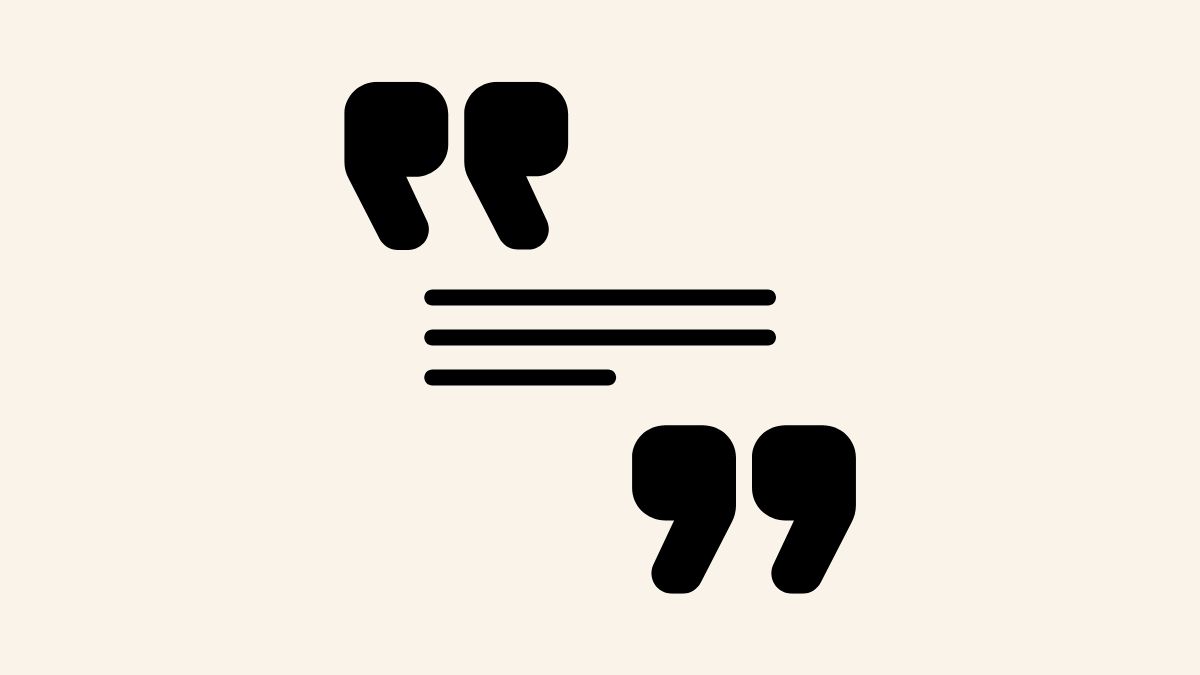Table of Contents
- Citations Meaning: What’s the Big Deal?
- Why Citations Matter in Academic Writing
- The Different Types of Citations
- Common Citation Styles
- How to Know When to Cite
- Tips for Managing Citations
- Wrapping It Up
If you’ve ever dipped your toes into academic writing, you’ve probably encountered the term citations. They’re the backbone of any research paper, essay, or scholarly article. But what exactly are citations, and why are they so important? Let’s break it down in simple terms.
Citations Meaning: What’s the Big Deal?
At its core, a citation is just a fancy word for giving credit. When you use someone else’s ideas, words, or research in your own work, you need to tell your readers where that information came from. It’s like saying, “Hey, I didn’t come up with this brilliant idea, but here’s who did!”
In academic writing, citations mean acknowledging the original creator or source. You can think of them as breadcrumbs that lead back to the original source of information. When you read a research paper filled with citations, it’s a way for you to check out the sources yourself if you’re curious or need more in-depth information.
In other words, citations give your work credibility. You’re not just making claims out of thin air; you’re building upon the knowledge others have already contributed to a particular field of study. And, of course, it helps prevent the dreaded “P” word—plagiarism. But more on that later!
Why Citations Matter in Academic Writing
You might be wondering why citations are a big deal in academic writing. Well, academia thrives on the exchange of ideas. Every new study, paper, or book builds on previous knowledge. The research process is like a conversation, and citations are how you participate in that conversation.
1. Giving Credit Where It’s Due
First and foremost, citations are about giving credit. If you’re using someone else’s research or ideas, it’s only fair that they get the acknowledgment they deserve. After all, they did the hard work, right? Citations ensure that the original authors get recognition for their contributions.
2. Backing Up Your Claims
Let’s say you’re writing a paper on climate change. You claim that rising global temperatures are directly linked to human activity. While that’s a solid point, you need to back it up with evidence. By including citations, you’re saying, “Here’s the proof!” It shows that your argument isn’t just based on personal opinion but on well-researched facts.
3. Allowing Others to Follow Your Footsteps
Citations act as a roadmap for your readers. If someone wants to dive deeper into a specific topic you mentioned, they can follow your citation and explore the source themselves. It’s a way to encourage further research and keep the academic conversation going.
4. Avoiding Plagiarism
Ah, plagiarism—the ultimate academic no-no. Plagiarism is stealing someone else’s work or ideas and passing them off as your own. It’s a big deal in the academic world, and citations are your best defense against it. By properly citing your sources, you’re showing that you’ve done your research and are giving proper credit, keeping your work above board.
The Different Types of Citations
Now that we know why citations matter, let’s dive into the different types of citations you’ll encounter. While there are various citation styles (which we’ll get into later), the basic types of citations are in-text citations and full citations.
1. In-Text Citations
These are the little notes that appear within the body of your writing. They’re usually placed right after a quote or paraphrased idea. The goal of an in-text citation is to quickly point your reader to the source without interrupting the flow of your writing too much.
For example, if you’re citing a book by Smith published in 2020, an in-text citation might look like this:
(Ness, 2020)
Pretty simple, right? In-text citations are like mini acknowledgments that tell your reader, “Hey, this info didn’t come from me. Here’s where you can check it out.”
2. Full Citations
While in-text citations are brief, full citations (sometimes called “reference list” or “works cited” entries) provide all the nitty-gritty details of your source. These go at the end of your paper and include information like the author’s name, the title of the work, the publication date, and more.
For example, here’s what a full citation for a book might look like in APA style:
Ness, J. (2020). The World of Climate Change. Academic Press.
This entry gives your reader all the necessary information to locate the source you used.
Common Citation Styles
Now, let’s talk about the different citation styles. Depending on your field of study or your professor’s preferences, you’ll be asked to use a specific style to format your citations. Each style has its own rules for how citations should be presented.
Here are the most common ones:
1. APA (American Psychological Association)
APA style is commonly used in the social sciences, such as psychology, education, and sociology. It focuses on the author and the year of publication. APA in-text citations look like this:
(Ness, 2020)
And a full citation in APA might look like this:
Ness, J. (2020). The World of Climate Change. Academic Freedom.
2. MLA (Modern Language Association)
MLA style is usually used in the humanities, especially literature, philosophy, and the arts. In-text citations in MLA include the author’s last name and the page number, like this:
(Ness 25)
A full citation in MLA might look like this:
Ness, John. The World of Climate Change. Academic Press, 2020.
3. Chicago/Turabian
Chicago style is often used in history and some other humanities fields. It offers two systems: the author-date system (similar to APA) and the notes-bibliography system, which uses footnotes or endnotes.
Here’s what a Chicago-style footnote might look like:
1. John Ness, The World of Climate Change (New York: Academic Freedom, 2020), 25.
In the bibliography, it would be written as:
Ness, John. The World of Climate Change. New York: Academic Freedom, 2020.
4. Harvard
Harvard style is similar to APA in that it uses an author-date system. It’s commonly used in fields like economics and business. An in-text citation in Harvard style might look like this:
(Ness, 2020)
And the full citation would appear like this:
Ness, J., 2020. The World of Climate Change. Academic Freedom.
How to Know When to Cite
Now that you know what citations are and why they matter, you might wonder when exactly you need to use them. While there are some gray areas, here are some general guidelines:
- Direct quotes: If you’re using someone else’s exact words, you need to cite them. Always.
- Paraphrasing: Even if you put the information in your own words, you must cite the original source. You’re still using someone else’s ideas.
- Summarizing: Similar to paraphrasing, you should cite the source if you summarize someone else’s ideas or findings.
- Data and statistics: If you’re including specific data, numbers, or statistics that you didn’t gather yourself, cite the source.
- Original theories or ideas: If you’re referencing a theory, concept, or idea that’s not common knowledge, it’s a good idea to cite the source.
The general rule of thumb is: when in doubt, cite. It’s better to be over-cautious than to risk plagiarism.
Tips for Managing Citations
Dealing with citations can feel overwhelming, especially when working with many sources. Here are some quick tips to make the process smoother:
1. Use Citation Tools
There are plenty of free tools out there that can help you generate citations in the correct format. Websites like Cite This For Me, EasyBib, and Zotero can save you time by automatically formatting your sources in the correct style.
2. Keep Track of Your Sources
Keep a running list of all the sources you’ve consulted as you research. This will make it much easier to create your reference list or works cited page at the end of your paper.
3. Double-Check Your Format
Different styles have different rules for how citations should be formatted. Check the guidelines for your specific citation style to avoid losing marks for formatting errors.
Wrapping It Up
So, what’s the deal with citations? In short, they’re an essential part of academic writing that helps you give credit, back up your claims, and avoid plagiarism. Whether you’re using APA, MLA, Chicago, or another style, citations ensure that your work is both credible and ethical.

Remember, citations aren’t there to make your life harder—they’re there to make sure you’re contributing to the academic conversation honestly and transparently. So, next time you’re working on a paper, don’t stress—just cite!

2 thoughts on “What Are Citations? Diving Into the Meaning”